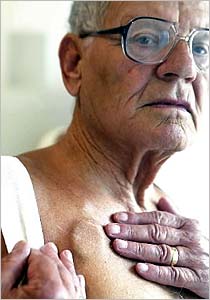A pacemaker is a small, battery operated medical device designed to electrically stimulate the heart in order to restore normal heart rhythm.
A pacemaker has two main parts: the pulse generator and pacing leads. The pulse generator is where the battery and electronic circuits are located. These circuits contain timers that regulate how often the pacemaker sends impulses to the heart.
Pacemaker surgery complications:
The most common complications of the pacemaker surgery are blood loss, infection, and lead dislodgement. However, the percentage of any of these complications occurring is very low.
The patient is given a single dose of antibiotics during the surgery to prevent infection. Antibiotics may also be given after the operation in selected cases.
If blood loss is excessive, which is very rare in pacemaker surgery, a blood transfusion may be necessary.
If a pacemaker lead moves from its proper position (highly unlikely), a second surgical procedure may be needed to reposition the displaced lead.
Restrictions for pacemaker patients:
Following the procedure, the patient will have certain restrictions for days or weeks. All patients with pacemakers are asked not to participate in contact sports. This restriction may be life-long.
In addition, patients will be asked to avoid interaction with certain electronic devices that may interfere with the pacemaker’s proper function.
Ask your doctor to give you all your post surgery instructions for your new pacemaker and be sure that you understand them.
